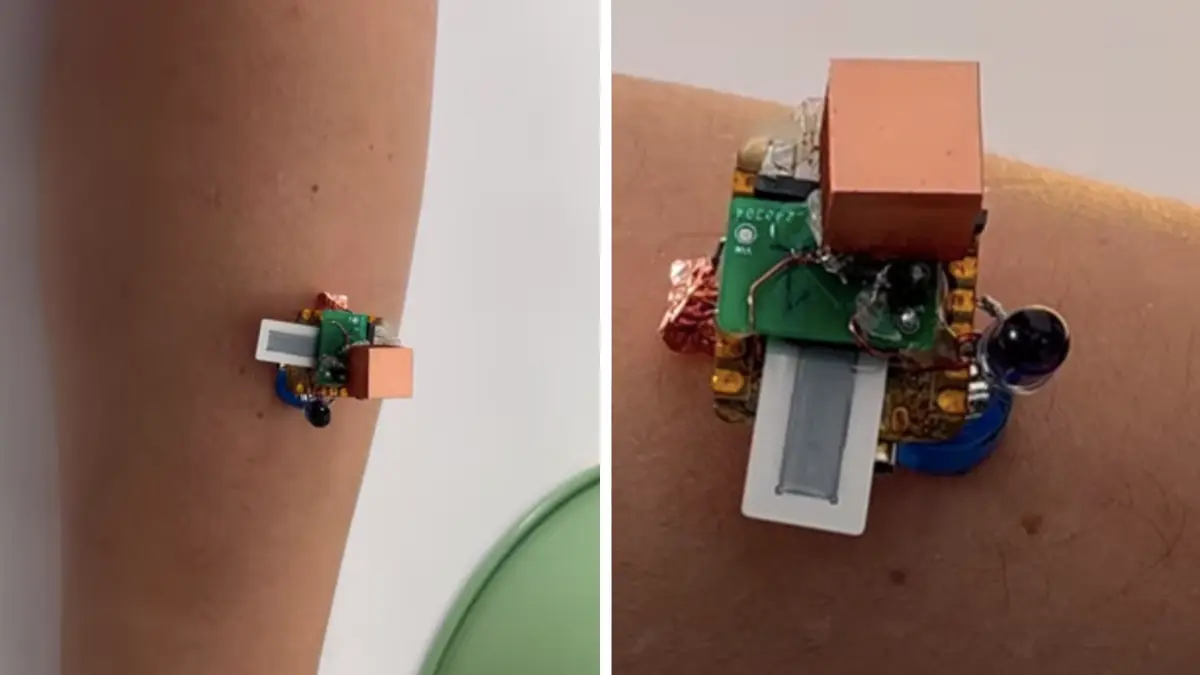Recent research led by Carnegie Mellon University has introduced a groundbreaking method for powering wearable devices by harnessing energy from the human body. This “Power-over-Skin” technique, developed by the Future Interfaces Group, leverages intra-body RF (radio-frequency) energy to power small devices like health patches and fitness trackers without traditional batteries. By using RF signals naturally produced by the body, the technology provides a sustainable low-energy source for wearables, potentially eliminating the need for regular recharging or battery replacement.
The system works by employing a capacitive receiver worn on the skin. Unlike solar-powered devices or those requiring frequent charging, these receivers collect and transmit RF energy across the skin's surface without needing direct contact with a power source. According to lead researchers Andy Kong, Daehwa Kim, and Chris Harrison, this innovation is made possible by the body’s natural efficiency in generating 40 MHz RF energy. The researchers fine-tuned the receivers to achieve an optimal balance of size, weight, and power output to make the devices practical for continuous wear. Notably, the receivers can even function through clothing, making them adaptable to various wearable designs.
The research team demonstrated the technology’s versatility through prototypes including a Bluetooth-enabled ring with a joystick, a health-monitoring patch, and a sun-exposure indicator with a display. These prototypes revealed promising potential for future applications, such as VR headsets and more advanced medical monitoring devices. Since the human body constantly generates this low-level RF energy, multiple devices could be powered simultaneously, potentially revolutionizing the wearable tech industry.
To validate the power range, the team explored different transmitter and receiver placements on the body, such as on the wrist, face, and abdomen. Tests showed that closer distances between the transmitter and receiver produced higher power, reaching up to 1.53 mW, while farther placements reduced power output. Even though energy transfer through clothing slightly lowered efficiency, the tests indicated that the Power-over-Skin technology could provide adequate power for basic device operations like data logging and wireless communication.
This battery-free approach to wearable power addresses several challenges, including reducing device weight, size, and dependency on rare earth minerals used in battery manufacturing. It also aligns with sustainable goals by minimizing battery waste and supporting the development of lighter, slimmer wearables. If successful in larger-scale applications, Power-over-Skin could lead to a new era of wearable tech designed around energy harnessed from the human body, making it ideal for ongoing health and fitness monitoring.
TOMHARDWARE
Read More






 Monday, 05-01-26
Monday, 05-01-26







